Carbon Build up and Cold Start Misfires on 2.0T TSI

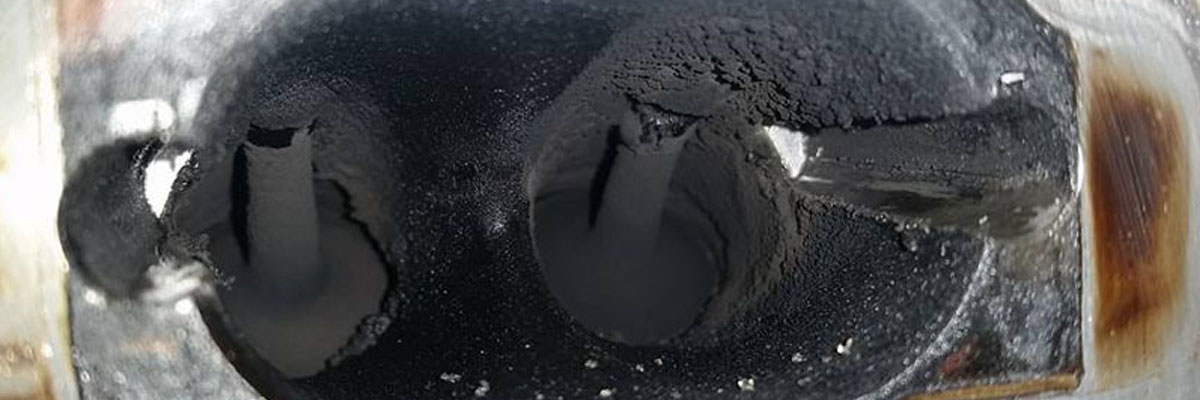
Thank you so much for visiting our page. Hopefully the info below is interesting and helpful. If you find this info useful we would really appreciate your support. We offer this along with many other helpful DIYs to the VW and Audi community. The only thing we ask for in return is your support when you are ready to make a purchase. Your support allows us to continue to commit the resources to create pages just like this one.
Carbon build up on the intake valves of your VW or Audi 2.0T TSI engine is inevitable. Generally when it happens it will start with misfire codes sporadically when the car is cold(or has been sitting for a while). These are often called cold start misfires and will likely get slowly worse over time. You might also experience a decrease on your fuel mileage. Both of these symptoms could be due to carbon build up on the intake valve, causing a blockage in the airflow inside your engine.

It is important to note we have never heard or seen a solution other than manual cleaning to remove this carbon. Once the carbon has built up to the point where you are having an issue any chemical, service or the like will not work. This is because once you are experiencing problems like cold start misfires, the carbon has built up so much even the most aggressive chemicals couldn't take off that amount of carbon. We do believe it is possible to regularly use a chemical like Sea Foam or another product every 10K to help prevent the carbon build up in the first place. It might be worth it to look as the cost/benefit of doing the regular services versus having the valves cleaned every 60-70k miles.
The only way to get rid of this carbon build up is to remove intake manifold and clean the valves. To get the valves clean you will need to use chemicals, wire brushes and picks or a media blaster of some kind (like sandblasting). This would generally need to be done ever 60k miles. Take a look at the video below to find out why this happens.
Preventative Measures
- Catch Can
- Sea Foam or other chemical manifold services
- Water Methanol Injection (Performance oriented)
Cleaning Solutions (Once you have carbon built up)
- Manual Cleaning with Picks and Scraping (Intake Manifold off)
- Media Blasting (Soda, Walnut and Others (Intake Manifold off)
Why Carbon Builds up on the Intake Valves of your Volkswagen or Audi 2.0T TSI
Looking to Clean your Own Valves?
Below we have a DIY we did with The Humble Mechanic where we go over replacing the intake manifold on the TSI engine. While this is not a DIY on cleaning the valves it will show you how to get to them and you can take it the rest of the way to remove the carbon. Please note that when cleaning the valves its important to rotate the engine so the valves on the cylinder you are working on are closed. This will ensure that no carbon deposits fall into the engine and potentially cause damage.
How to Remove the Intake Manifold on a 2.0t TSI






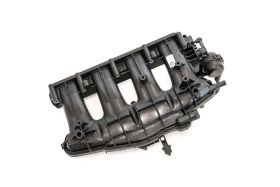
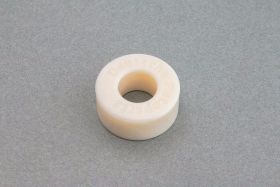
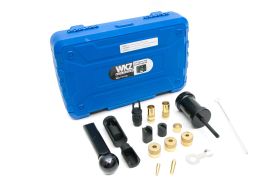

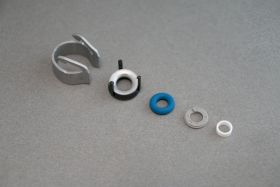










Comments
Hello, I’d be glad to hear your opinion on this situation. I have a ford edge 2016, eco boost , 2 liter, petrol. During cold start , specially morning, the rpm goes high and then up n down and every time this happens the car shakes.